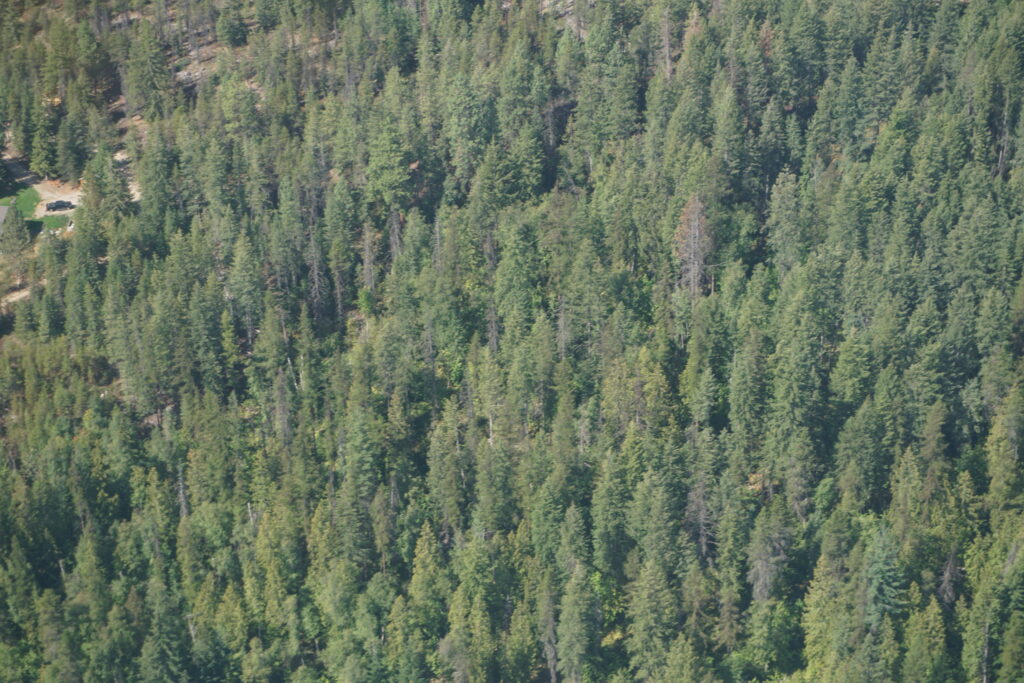
Industry News
News
Public invited to comment on B.C.’s Kispiox Timber Supply Area
February 20, 2024 By B.C. Ministry of Forests
 Photo: Annex Business Media.
Photo: Annex Business Media. People are encouraged to have their say about potential changes to the next timber supply review for the Kispiox Timber Supply Area (TSA) by submitting comments before April 13.
Public comment is sought for the recently released Kispiox Timber Supply Area discussion paper. The paper provides the results of a timber supply analysis and describes the geography, natural resources and current forest-management practices. This information will be used by B.C.’s chief forester to determine how much timber can be harvested in the TSA annually, which is known as the allowable annual cut (AAC).
Before setting the new AAC, the chief forester will also consider input and feedback from First Nations, industry and community members. Additionally, the impacts of current legal requirements and demonstrated forest-management practices on the timber supply will be examined, along with relevant economic, environmental and social factors for the local area and province.
Administered by the Skeena Stikine Natural Resource District, the Kispiox TSA covers approximately 1.3 million hectares in northwestern B.C. in the Skeena region. The current AAC is 1,087,000 cubic metres per year, a number set in 2009 after the Cranberry TSA was incorporated into the Kispiox TSA.
The Kispiox TSA includes the territories of seven First Nations, including the Gitxsan Nation, Gitanyow Nation, Lake Babine Nation, Nisga’a Nation, Tsetsaut/Skii km Lax Ha Nation, Kitselas First Nation and Wet’suwet’en Nation. All of these Nations have been invited to provide input on this timber supply review.
Under the Forest Act, to ensure that B.C.’s forests are managed sustainably, the chief forester must determine the AAC in each of the province’s 37 TSAs and 33 tree farm licences at least once every 10 years. The chief forester’s AAC determination is an independent, professional judgment based on information ranging from First Nations’ input, technical forestry reports, community feedback and the government’s economic and social goals.
Click here for more details.
Print this page